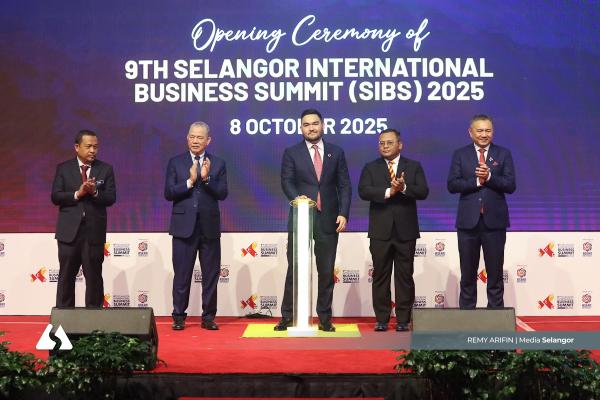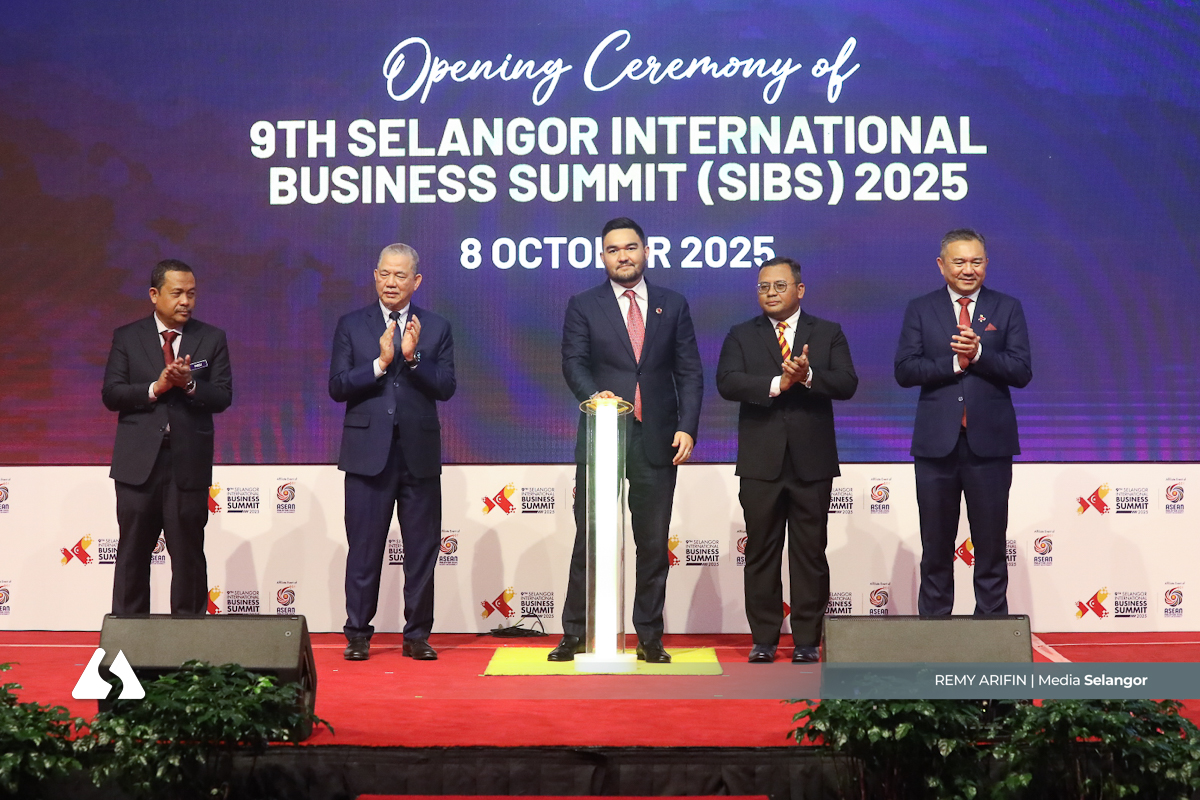KUALA LUMPUR, Oct 12 — Fully aware of the twin challenges of an ageing population and the middle-income trap, Selangor has laid a forward-looking foundation by formalising the care economy while doubling down on its hi-tech ambitions in semiconductors and aerospace.
The Selangor International Business Summit (SIBS) 2025 was a stage for the state to map its next phase of inclusive growth, signalling that future prosperity will hinge on not just productivity, but also social resilience and sustainable living.
The state then announced that it is looking towards life sciences and rail connectivity as its next engines of growth.
Opening the summit on Wednesday, Menteri Besar Dato’ Seri Amirudin Shari said Selangor’s pivot reflects the need to balance industrial innovation with a stronger social safety net amid global uncertainty.
“There is no room for complacency. The state must keep adapting to stay ahead in an increasingly volatile global economy,” he said.
SIBS 2025 drew thousands of business leaders, investors, and policymakers across six major sub-conferences and a multitude of exhibitions.
State executive councillor for investment, trade and mobility Ng Sze Han also said SIBS is likely to expand its footprint across the Asean region due to its strong branding as one of Southeast Asia’s premier trade and investment gatherings.
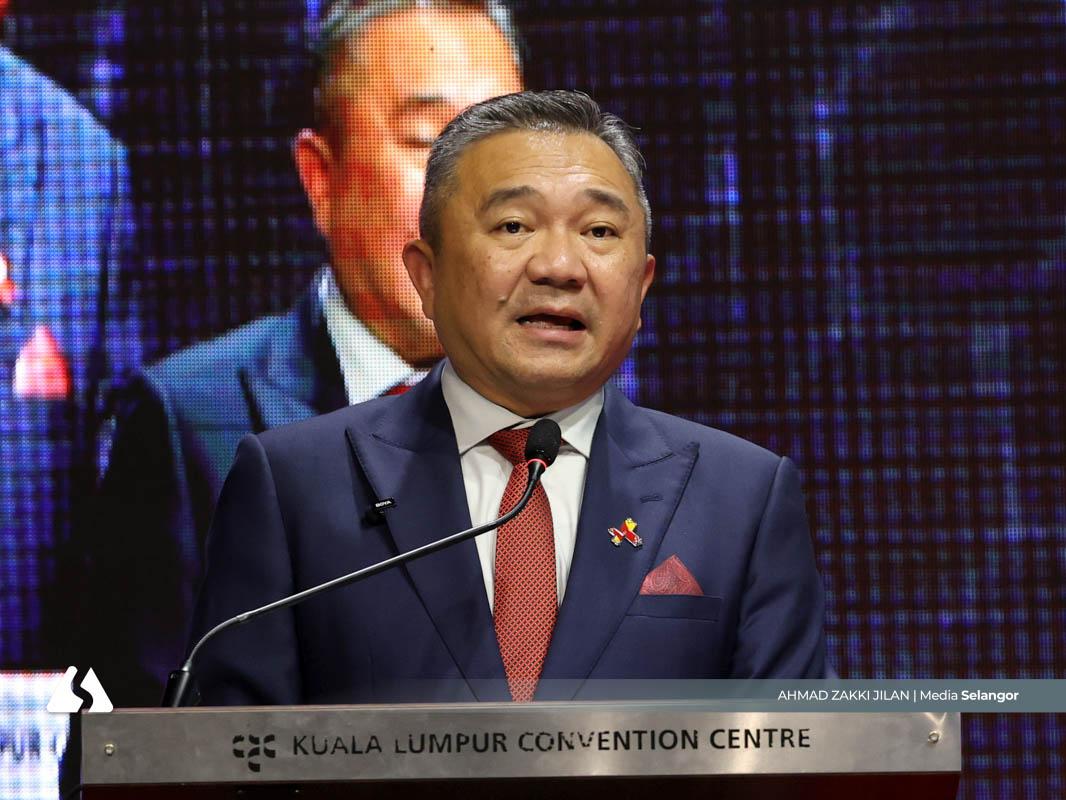
Care economy a new growth pillar
A defining feature of this year’s summit was the debut of the Selangor International Care Summit (SICS), which redefined the care sector, from being seen as social welfare to becoming a legitimate economic driver.
The first-of-its-kind forum attracted non-governmental organisations (NGOs), academics, social enterprises, and industry leaders, marking what many described as a long-overdue formalisation of the care economy.
It also surpassed expectations by achieving 160 business matches, double its original target.
State executive councillor for women empowerment and welfare Anfaal Saari said the policy aims to professionalise care work while addressing demographic shifts tied to an ageing population.
“We are positioning the care sector as a critical economic pillar rather than a mere compassionate endeavour. If this sector is neglected, working mothers would face difficulties, needing to take leave, and that would disrupt the entire economic pyramid,” she said.
To translate policy into practice, the Petaling Jaya City Council (MBPJ) became the first local authority with a care industry roadmap when it launched the Care Economy Action Plan 2025-2030, a framework to build sustainable, community-based care infrastructure.
Amirudin added that Selangor’s growing focus on life sciences and healthcare innovation is designed to prepare for “life in an ageing society”, ensuring social support evolves alongside technological progress.
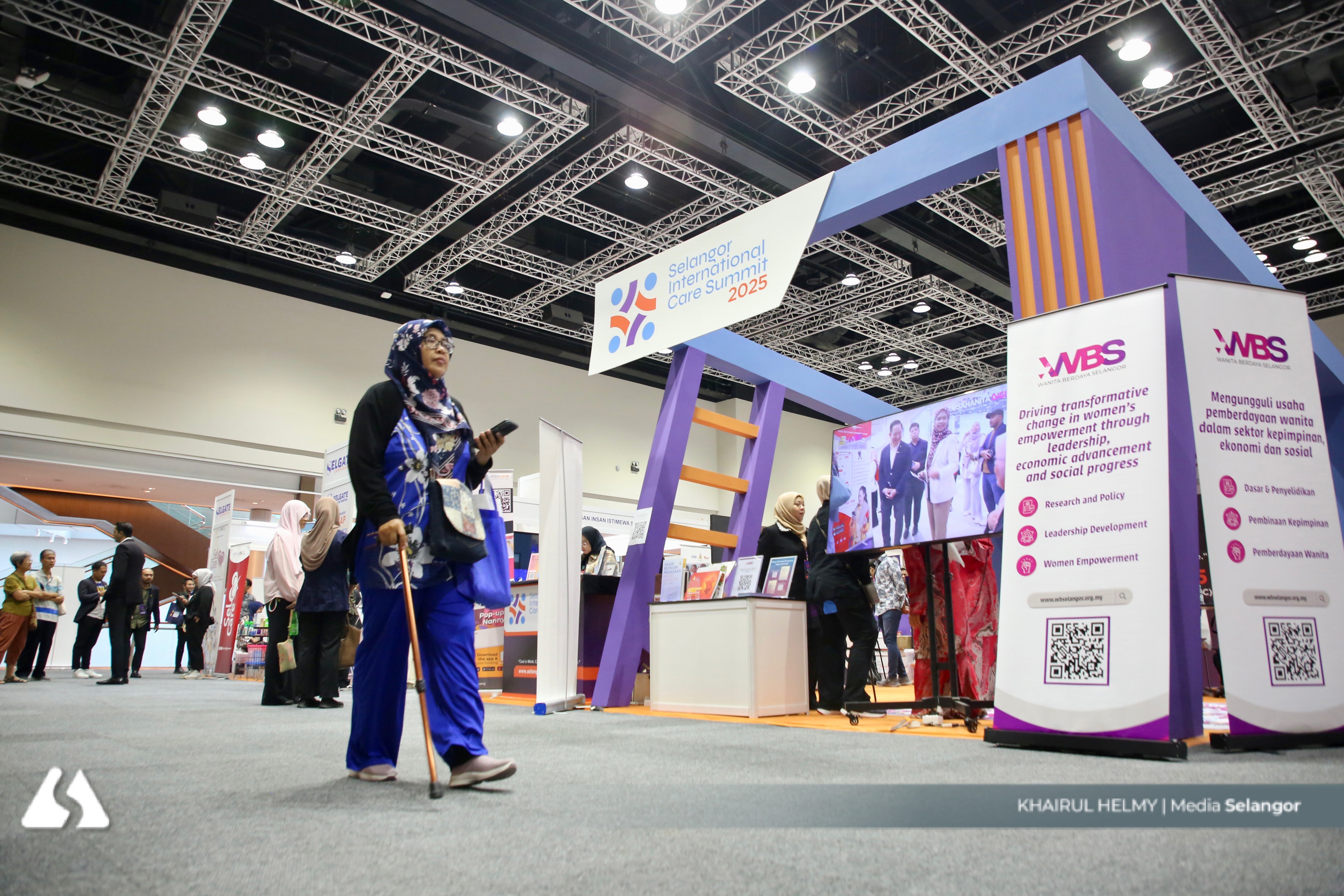
Semiconductors, aerospace remain central
Even as Selangor expands its care economy, it continues to anchor growth in high-technology sectors.
Ng had announced that a second Integrated Circuit (IC) Design Park will open in Cyberjaya on November 6, following full occupancy of the first park in Puchong.
He said these initiatives are aimed at attracting foreign investors while also ensuring tangible benefits for the local workforce.
“Companies setting up in the new IC Design Park must pay a minimum starting salary of RM6,000 to fresh graduates. This is how we ensure high-value investments translate into real social mobility,” he said.
Selangor is also fine-tuning its aerospace strategy, alternating between the Selangor Aviation Show and the Selangor Aerospace Summit each year to balance industry engagement and public participation.
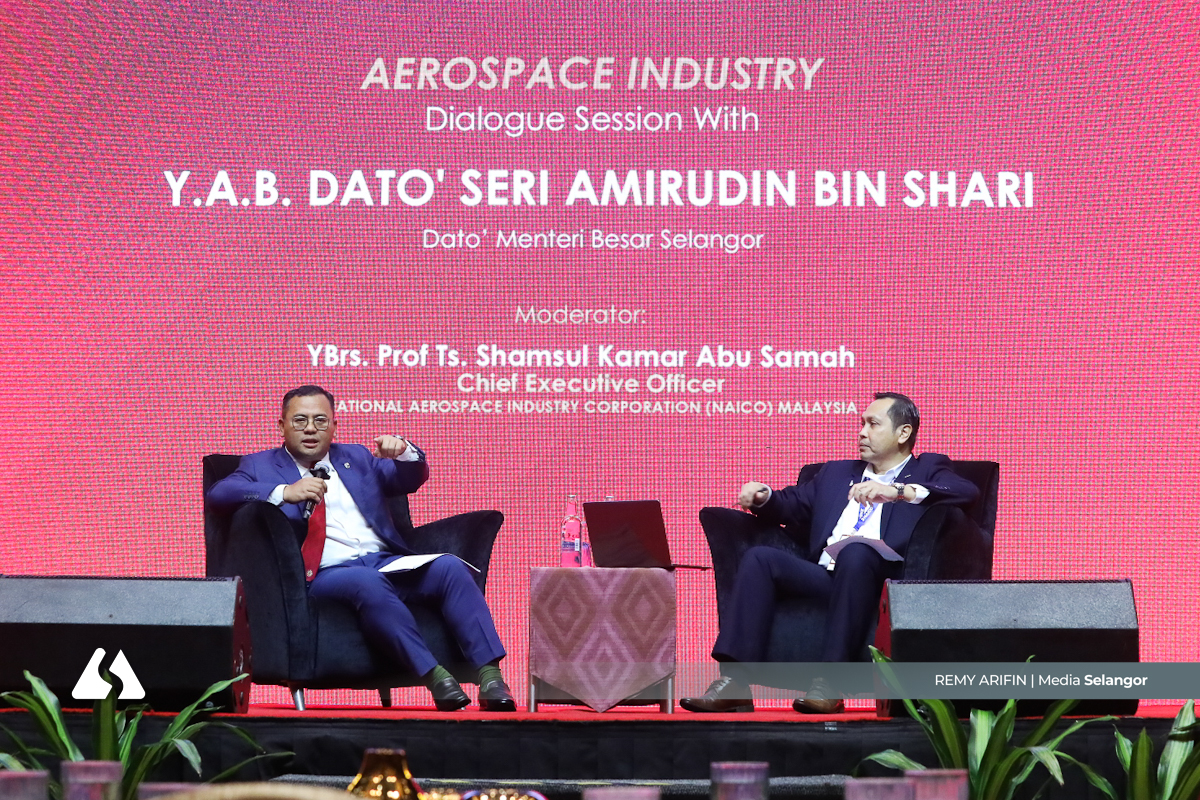
Policies for efficiency, education, sustainability
SIBS 2025 also served as the platform for several policy rollouts aimed at boosting efficiency, sustainability, and long-term economic readiness.
Amirudin announced that education will receive the largest allocation in the 2026 Selangor Budget, surpassing both economic and welfare portfolios for the first time.
And to improve the business environment, the Speed Selangor policy will reduce investment processing time from three and a half months to just nine days.
Reinforcing its sustainability agenda, the state also launched the Selangor Agenda for Green Economy (SAGE), a three-volume framework focused on clean energy, circular economy practices, and green mobility.
State executive councillor for innovation Dr Fahmi Ngah said the IoT-Enabled Industrial Parks (IEIP) programme would play a central role in transforming Selangor’s industrial base.
“It is our blueprint to build intelligent industrial parks that are investor-ready, technology-driven, and environmentally responsible,” he said.
This year, the state administration has targeted 50,000 trade attendees and RM10 billion in transaction value.
On Friday, Invest Selangor Bhd chief executive officer Dato’ Hasan Azhari Idris announced that the 2025 summit, which drew delegations from over 20 countries, had attracted 44,196 visitors by its third day.
The six main events under SIBS 2025 include the Selangor International F&B Expo, Selangor Investment and Industrial Park Expo (SPARK), Selangor Asean Business Conference (SABC), Selangor Aerospace Summit (SAS), Selangor Smart City and Digital Economy Convention (SDEC), and SICS.
